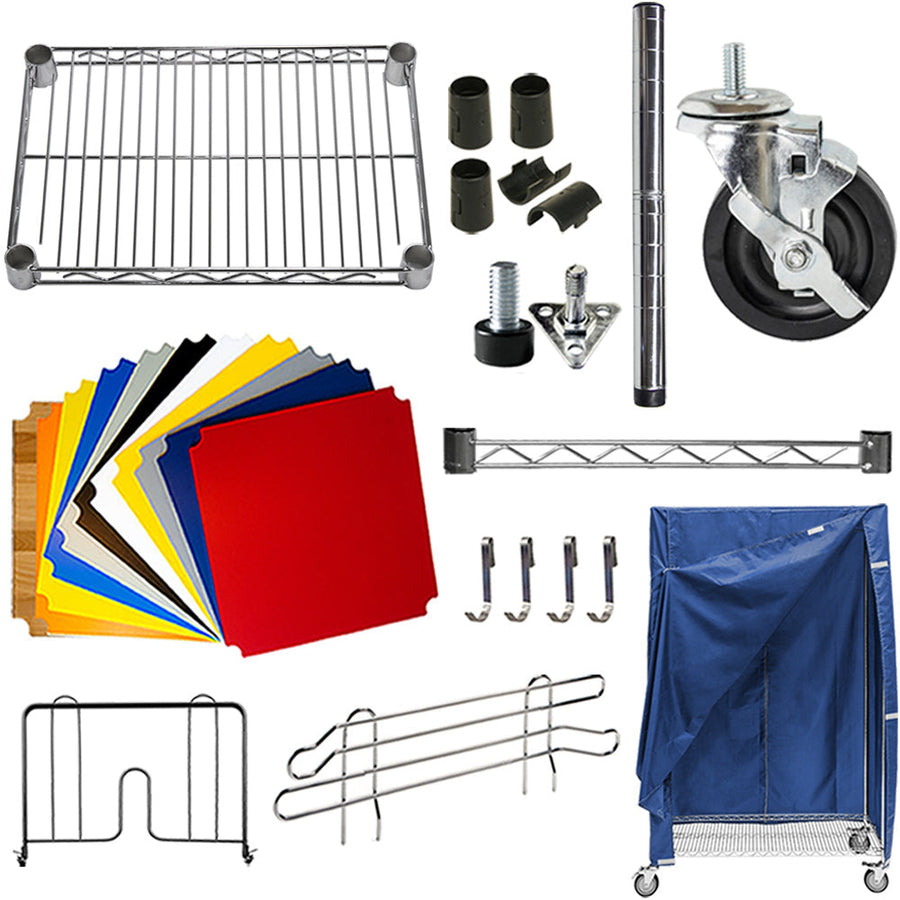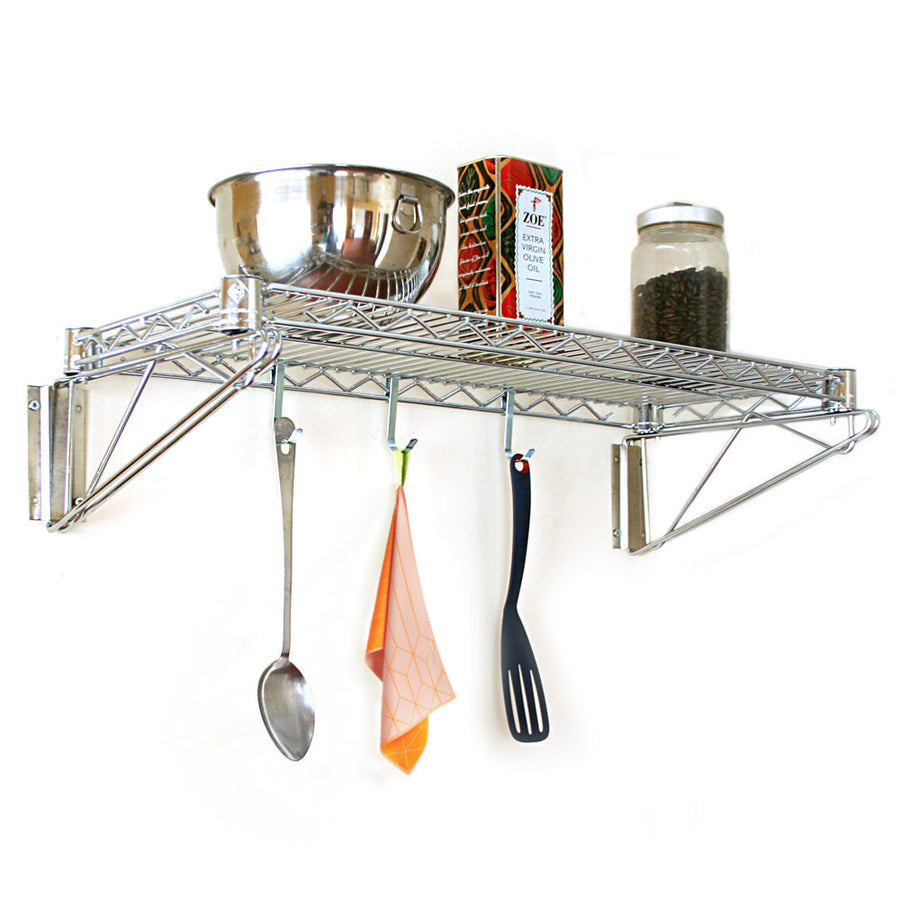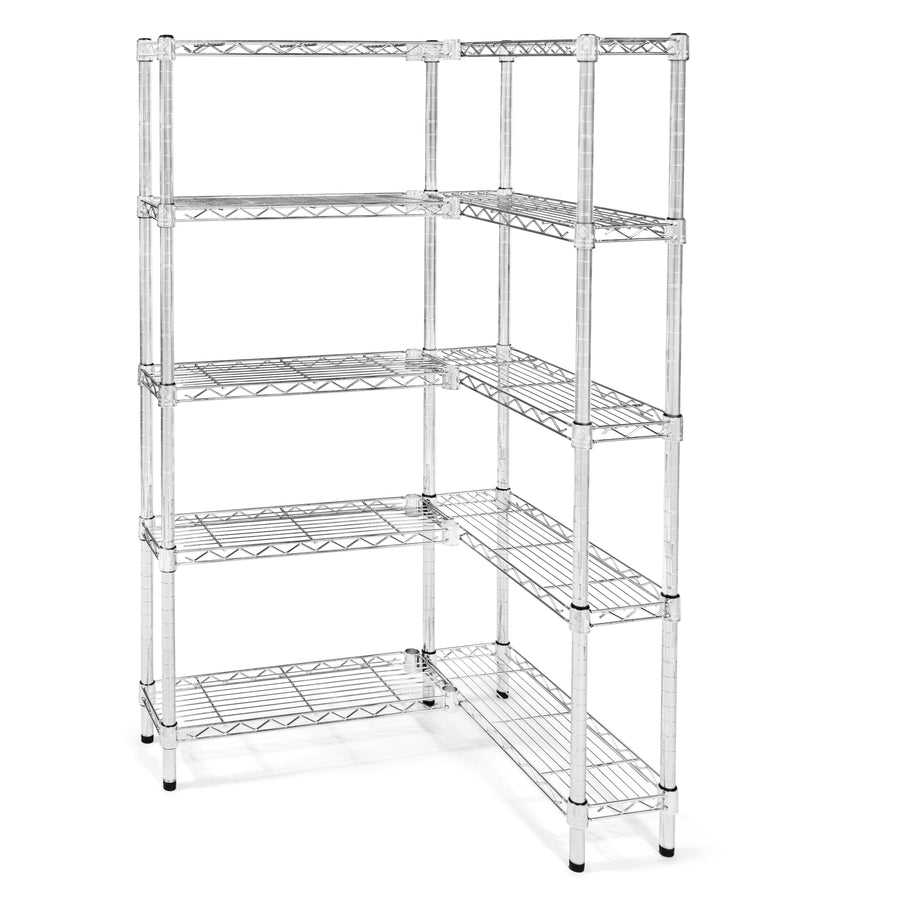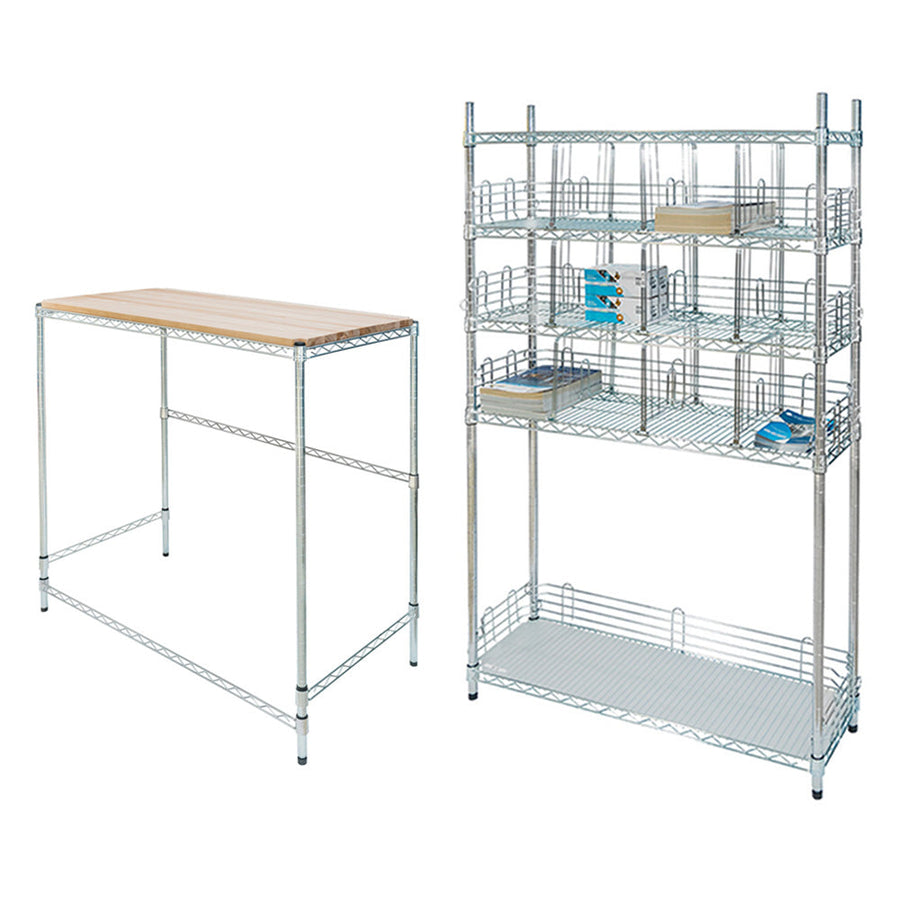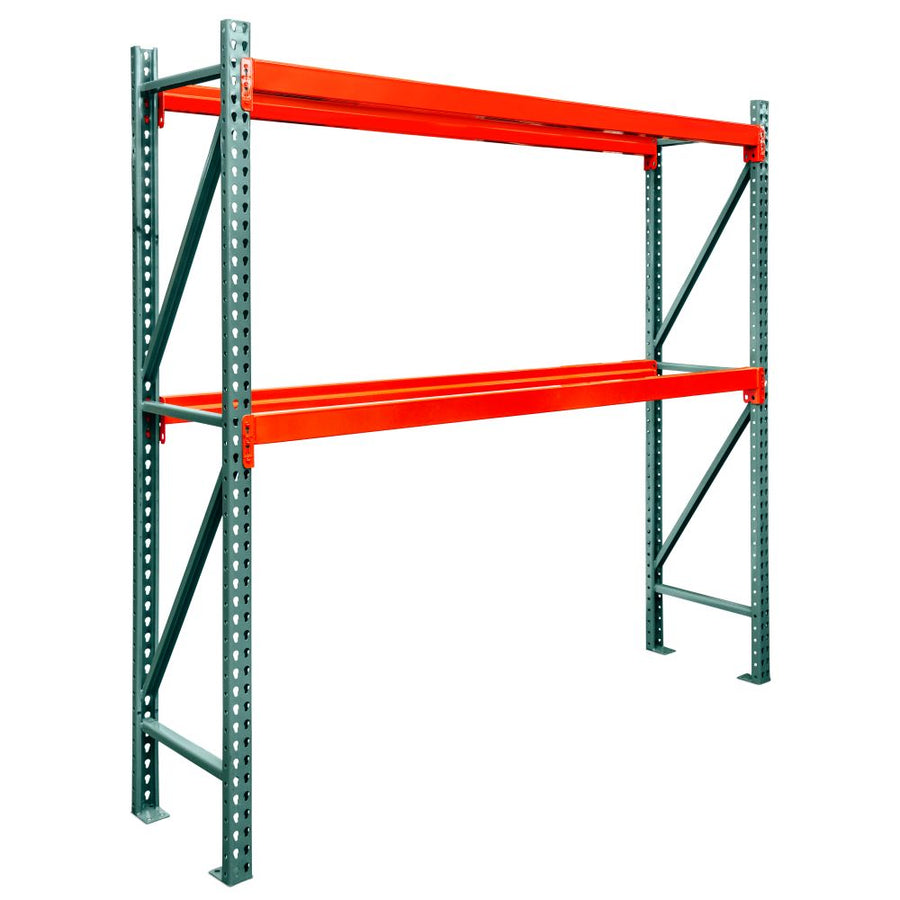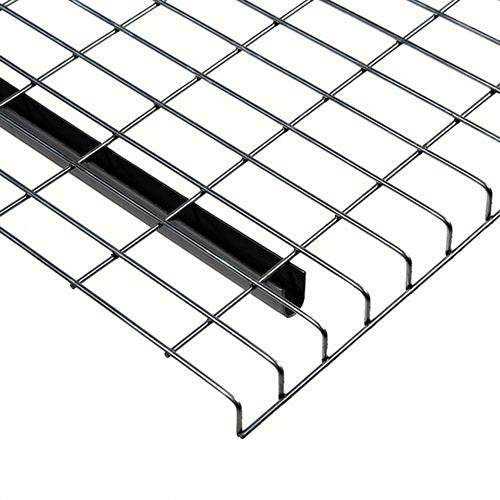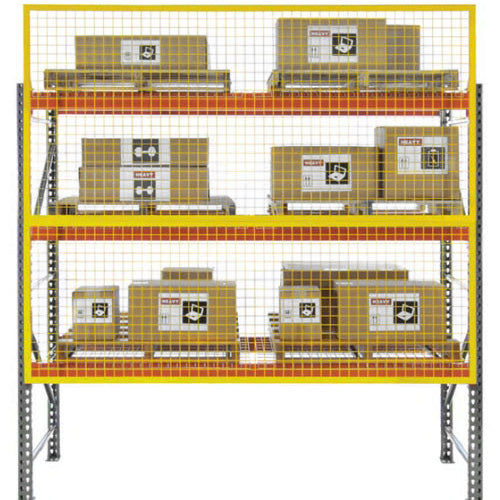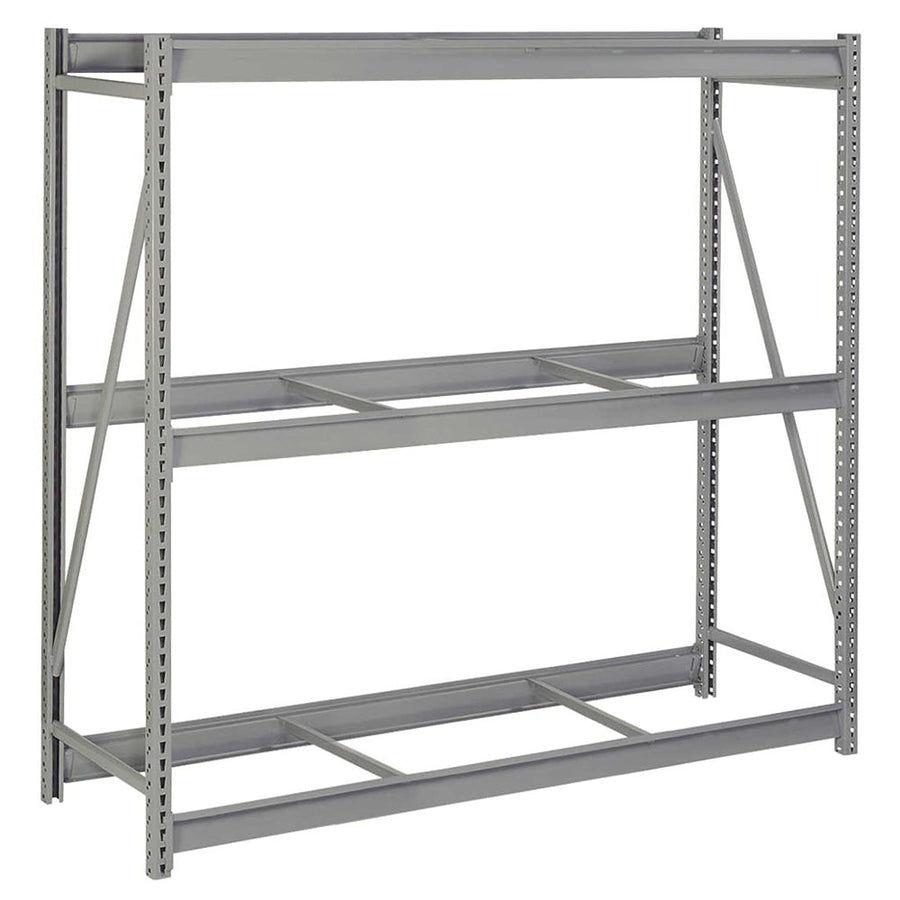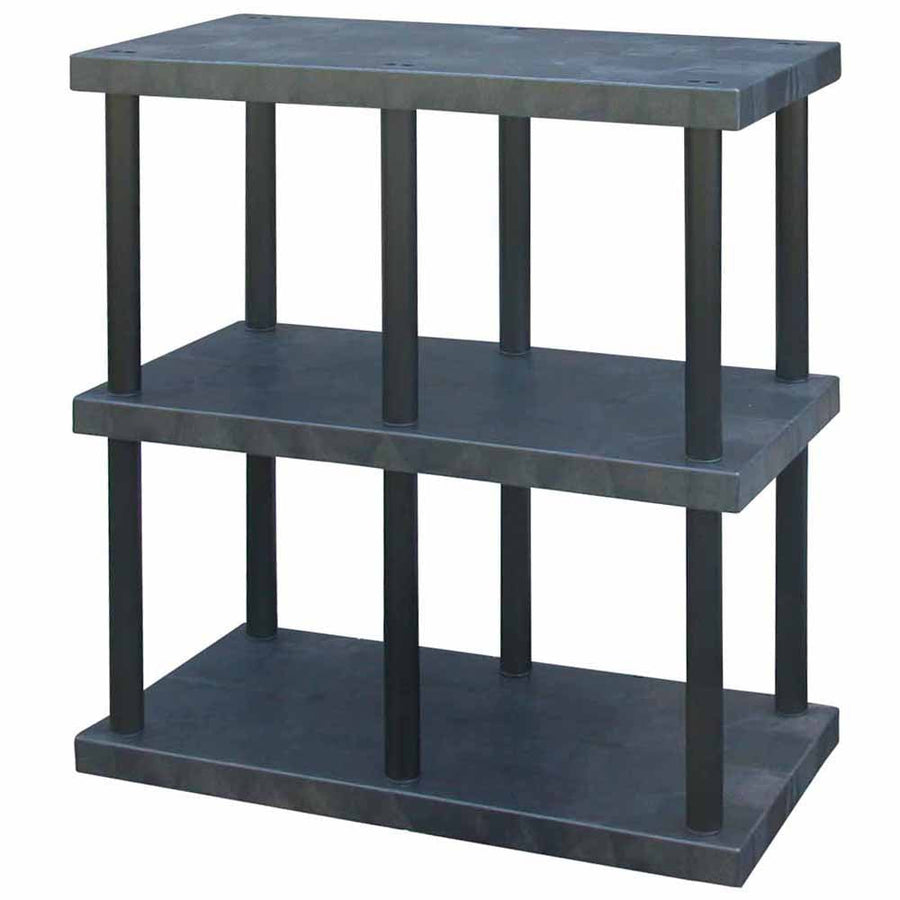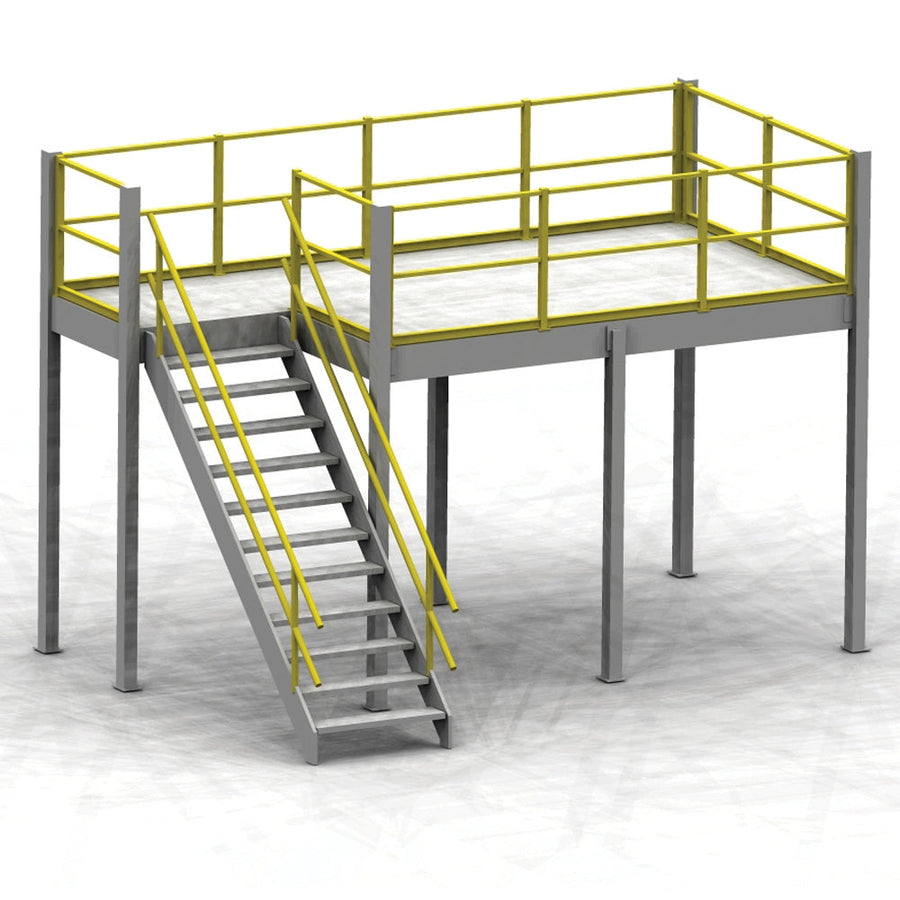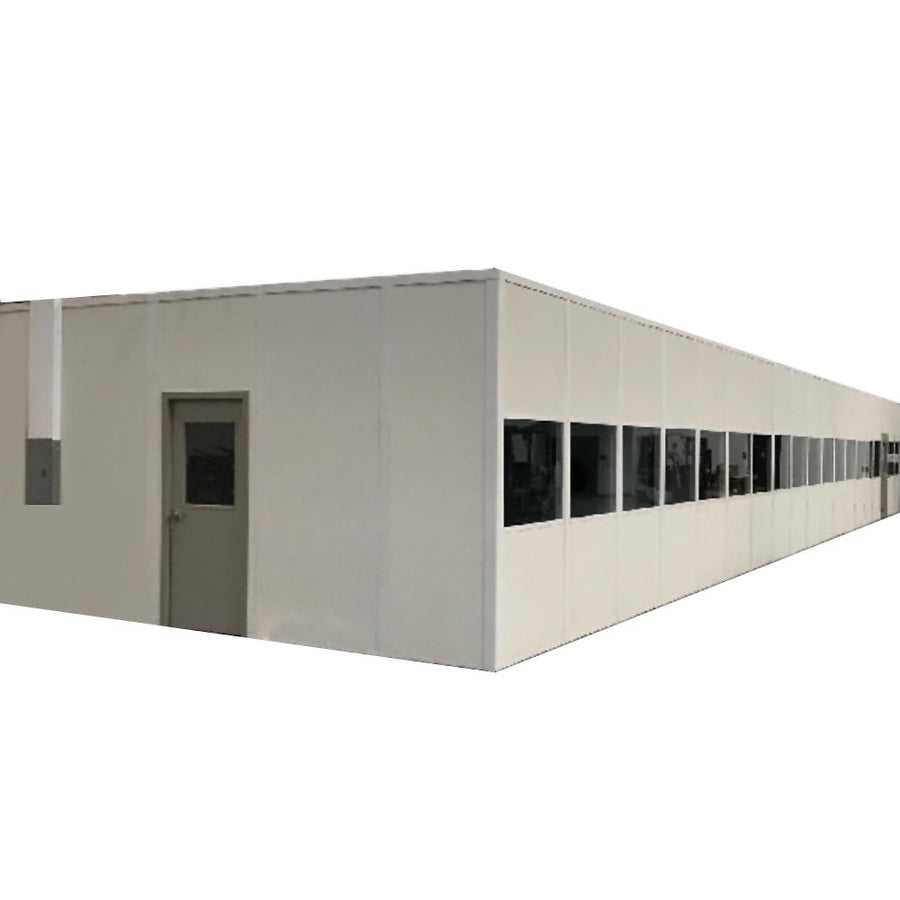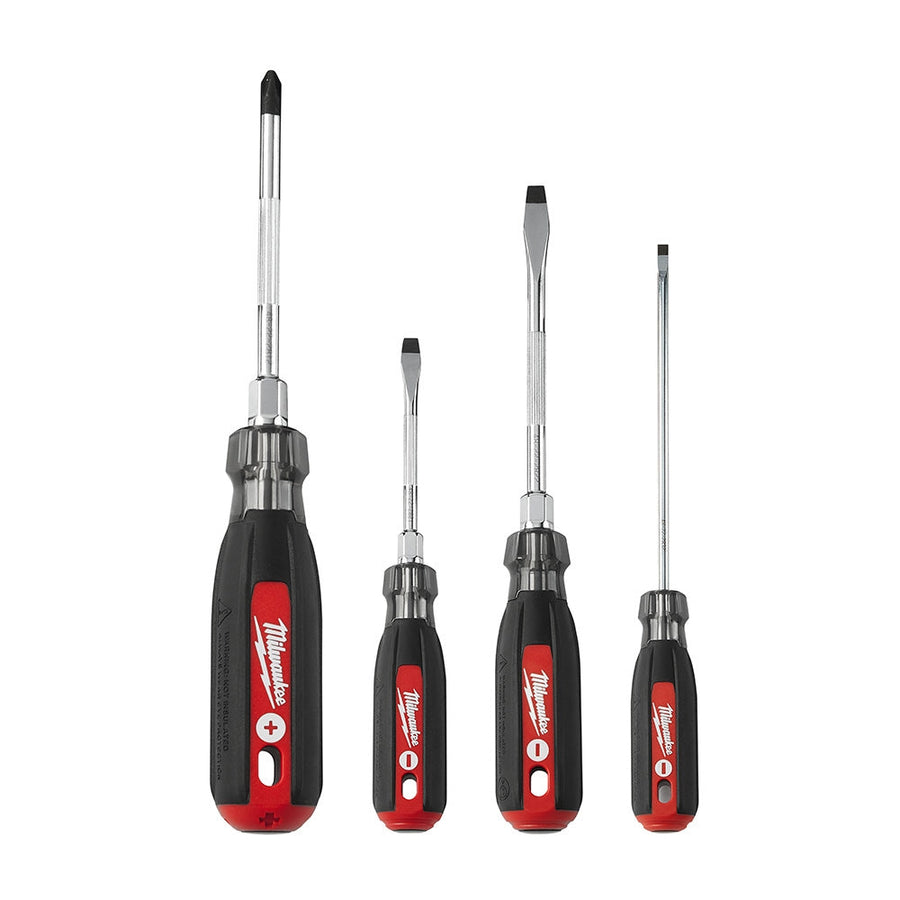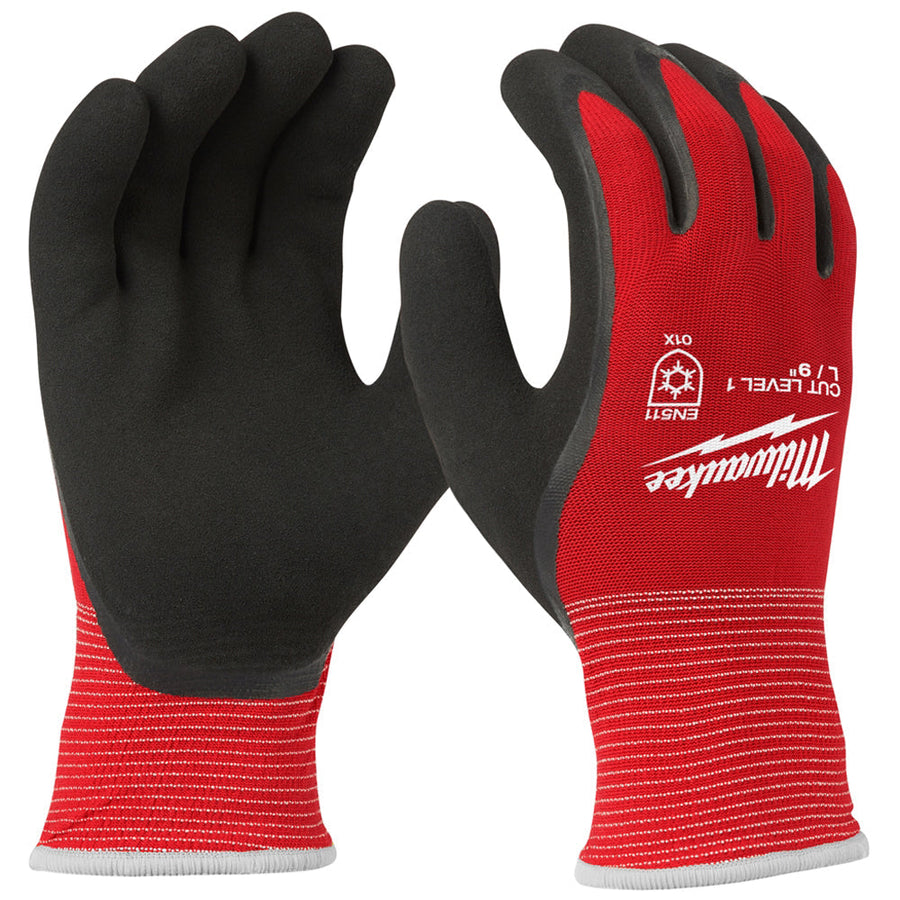When people think about ‘safety’ when it comes to storage of any type, they usually focus more on the safety of the employees. While that is an important aspect to consider, if you’re in the food business (be it a restaurant, a distributor, or anything) there’s another side to safety that’s just as important - the safety of the food and your customers! Keeping your food properly stored can help keep the food fresh and safe for your customers, as well as helping your staff work more effectively. Here’s some tips to help keep your food fresh and your diners happy:
First In, First Out
The first in, first out (FIFO) rule is important in many industries, and food service is chief amongst them. When new shipments of food arrive, make sure to place the newer food behind the older food. This way, you know the older food will be used first to ensure a constant rotation of fresh ingredients. Slanted wire shelving (or heavier gravity flow racks for more commercial purposes) can help keep the rotation fresh and constant.
Keep Everything Off The Floor
A code passed by the FDA in 2009 states that food must be stored at least six inches above the floor, no matter how it is packaged or stored, in order to prevent water, dust, and other contaminants from soaking through bags.
Maintain Temperature and Humidity
Sure, we all know some foods need to be refrigerated and some don’t, but there’s more to consider than just keeping some foods cold. The ideal food storeroom should be between 50 and 70 degrees Fahrenheit, and the humidity level of the room should be kept at 15% or less to prevent harmful mold and bacteria. It’s also always a good idea to store food away from the walls of the room or refrigerator to prevent the food from absorbing harmful condensation.
Keep Everything in its Proper Place
If you need to store different types of food near one another, make sure to keep them in the right place and order. Meat should be stored below other items to prevent meat juice from dripping on other food, even if it’s stored in a sealed container. Keeping items in an easily identifiable and properly labeled area will both decrease the amount of time employees have to spend looking for them, and keep the area clean to prevent germs and spoilage.
There’s a lot more to food storage than just this, but we hope these tips get you off to a good start when it comes time to reorganize your kitchen or food distribution center. Whatever food storage option you go with, follow these tips and your diners and customers should be happy - and well-fed!



